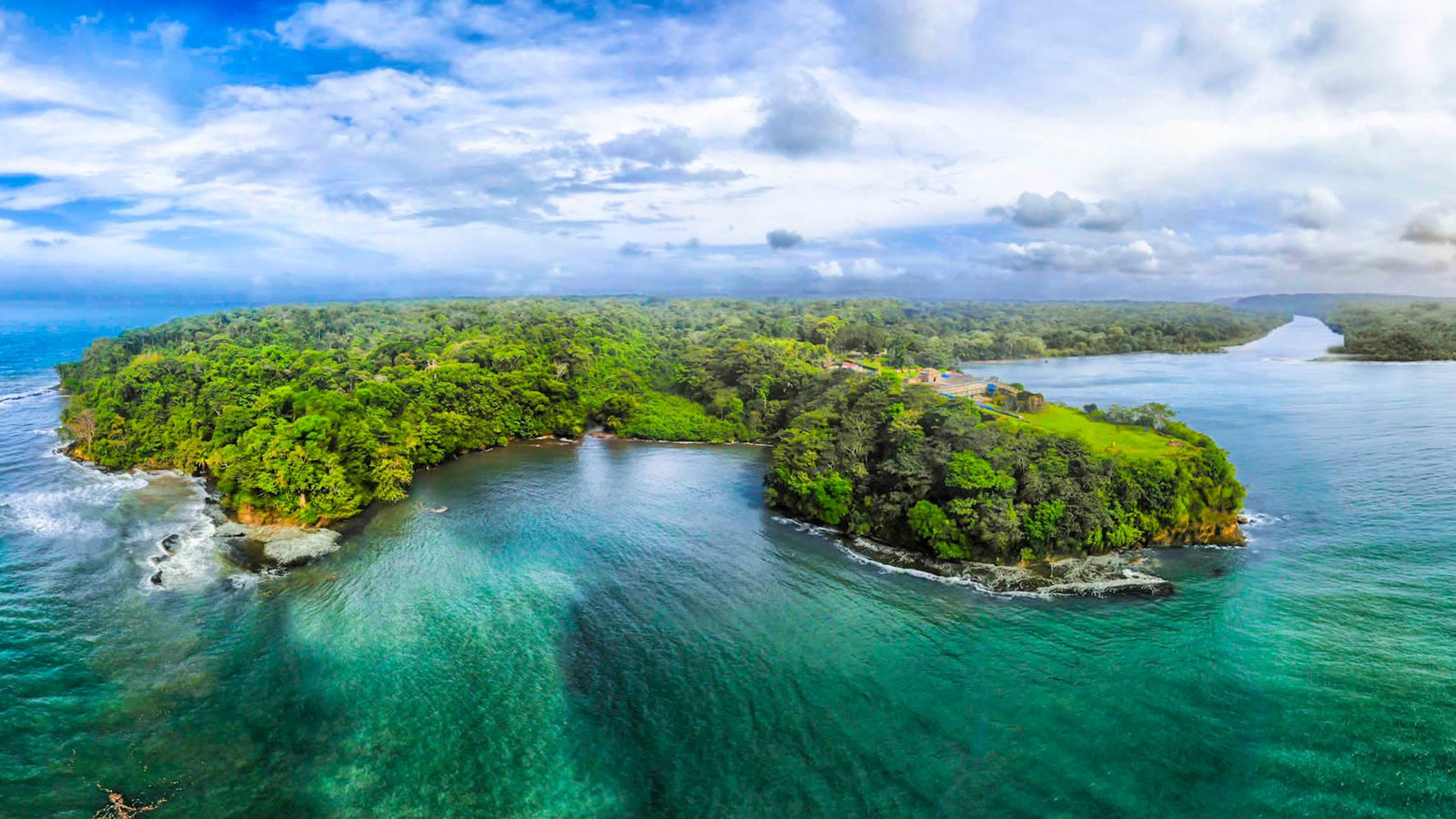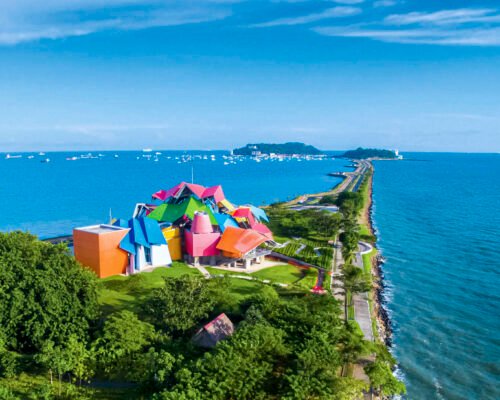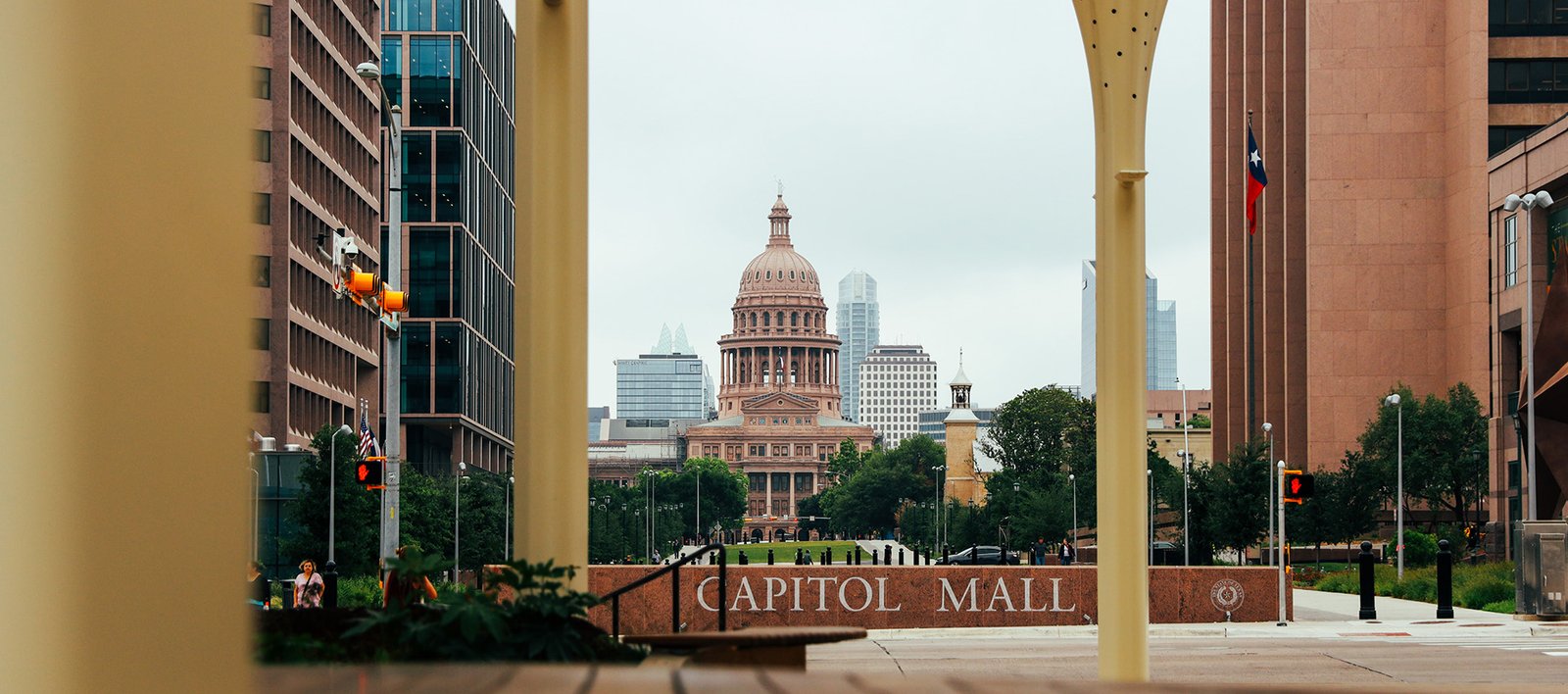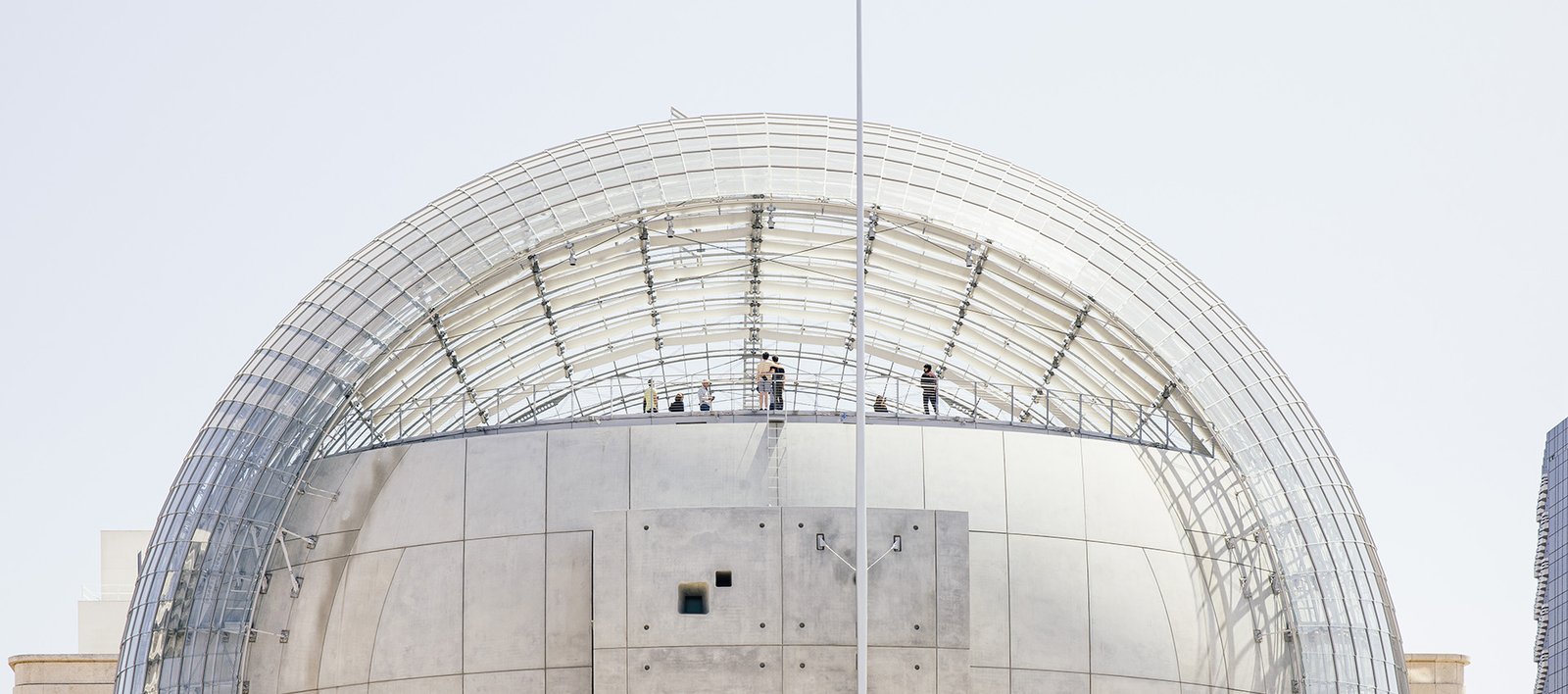
Panama from Top to Bottom
The isthmus has played the role of bridge of the world since it emerged from the bottom of the ocean three million years ago. While it connected Central and South America, it also divided the seas. Humans appeared and united the seas once again, first via various land routes and water crossings between ports, and then with the engineering marvel that is the Panama Canal. Come tour these historical heritage sites with us.
By: Ana Teresa Benjamín
Photos: Javier Pinzón
San Lorenzo
Like the modern era, the colonial period was characterized by struggles for political and economic power. European countries fought over new lands to gain access to their wealth as part of a game of geopolitical chess. With a location in the middle of it all, Panama City was a favorite target.

For the Kingdom of Spain, nothing could be more important than defending the mouth of the Chagres River, the waterway leading to the country’s interior that intersects with the Las Cruces Trail to Panama City, the first city on the Pacific coast. The location offered a natural vantage point with an unobstructed view of the surrounding panorama, making this the ideal place to build Fort San Lorenzo, which was constructed in 1595 according to plans drawn up by military engineer Bautista Antonelli. Since the fort was impregnable from the sea, Welsh pirate Henry Morgan led an operation to take it by land from the Caribbean side in 1671. The campaign left both the fort and the city in ruins. Panama City was moved to what is known as the Old Quarter, and the fort was reconstructed. It stood until 1740, when British viceroy Edward Vernon bombarded it into ruins. The Spanish Empire rebuilt the fort once more and stationed troops there until the isthmus declared independence. The site was named a World Heritage Site in 1980.
Aguas Claras

Panama is much more than the Canal, as you’ll see when you visit, but there’s no denying that the country is recognized first and foremost for the Canal. Our suggested route from the Caribbean to Panama City runs across the Atlantic Bridge, which brings together the two major periods of Canal history. This beautiful work of architecture opened in 2019. To the west of the bridge lies San Lorenzo and the highway leading to the Gatún Locks Center, where you can see the Canal as it was built by the U.S. at the beginning of the 20th century. On the eastern side of the bridge, you’ll find the Aguas Claras Visitor Center, a perfect spot for seeing the Expanded Canal. This mega-project, carried out between 2009 and 2016, increased transit options for worldwide shipping.
Pandemic-related restrictions mean the centers’ exhibit halls and screening rooms are closed, but the terraces remain open, giving you a view of the ships passing through the locks. There are also guides who are well-versed in the Canal’s history and operational details. The Miraflores Visitor Center on the Pacific side completes the Canal panorama.
Useful Information
Miraflores: Tuesday to Sunday, from 8:00 a.m. to 5:00 p.m. Admission for Panamanians: adults: $5. Retirees, students with I.D., and children from ages 6 to 12: $1.50. International visitors: $10 and $5. For further information: (507) 276 8427. https://bit.ly/31jFoMW
Aguas Claras: calle Golf, Colón. Tuesday to Sunday, from 8:00 a.m. to 2:45 p.m. Admission for Panamanians: adults: $3. Retirees, students with I.D., and children from ages 6 to 12: $1.50. . International visitors: same price as Miraflores. For further information: (507) 443 5727. https://bit.ly/ 3lqCGfu
Old Panama City

The site features the ruins of colonial structures that stood until 1671, including the remains of buildings such as the Cathedral, the customs and treasury compound, the convent complexes of Concepción, La Merced, and San Francisco, and the principal plaza. On one side of the plaza, you’ll find the Plaza Mayor Museum, which illustrates the history of the site from pre-Hispanic times on.
Useful Information
Tickets: Visiting adults, children, and students: $10, $3, and$5, respectively. Panamanian and resident adults: $5; retirees: $2.50; children: $1; Panamanian or resident students with I.D.: $3.
Ticket office hours: 9:15 a.m. to 2:30 p.m. Tuesday to Sunday.
For further information:
The Biomuseum

Located on the Calzada de Amador, the Biomuseum building is a spectacular attraction in itself. Designed by architect Frank Gehry, the sinuous roofline and vibrant colors make it impossible to miss. With eight permanent exhibit halls, the Biomuseum narrates the story of the emergence of the Isthmus of Panama, which completely changed life on Earth as it connected continents and split seas.
You might end your tour in the museum’s gardens, where you can enjoy the sunset and a lovely view of the Bridge of the Americas (the first bridge built over the canal).
Useful Information
Tickets: Panamanians and residents: $10 and $6. Retirees: $5 International visitors and non-residents: $18 and $11.
Hours: Saturday and Sunday from 1:00 to 5:00 p.m.
For further information:




Leave a Reply